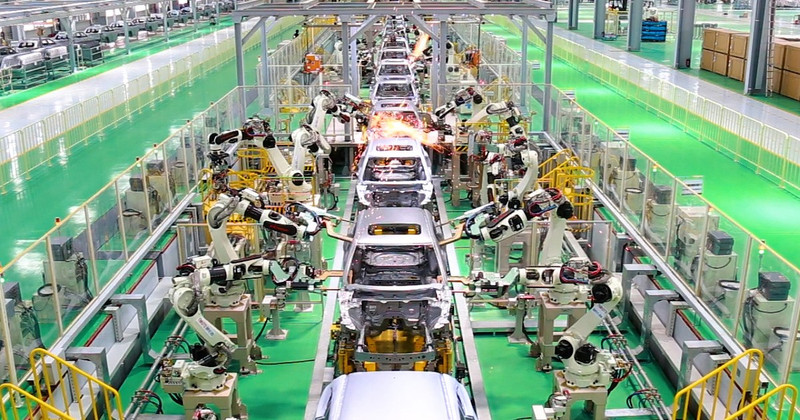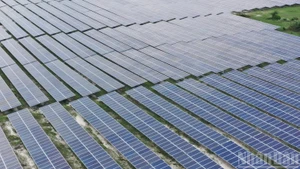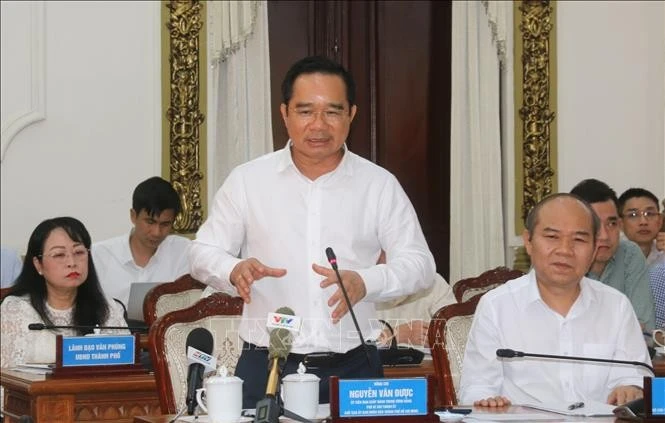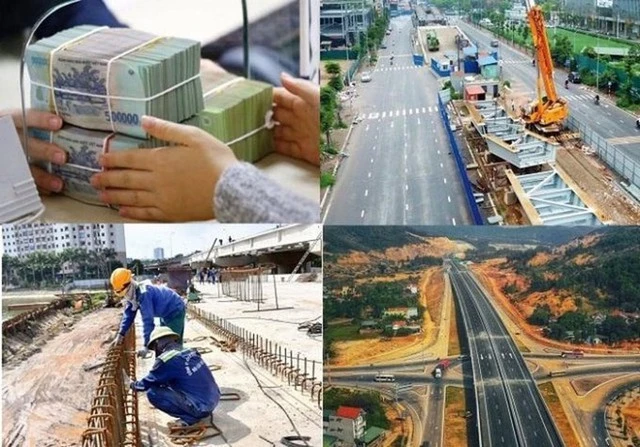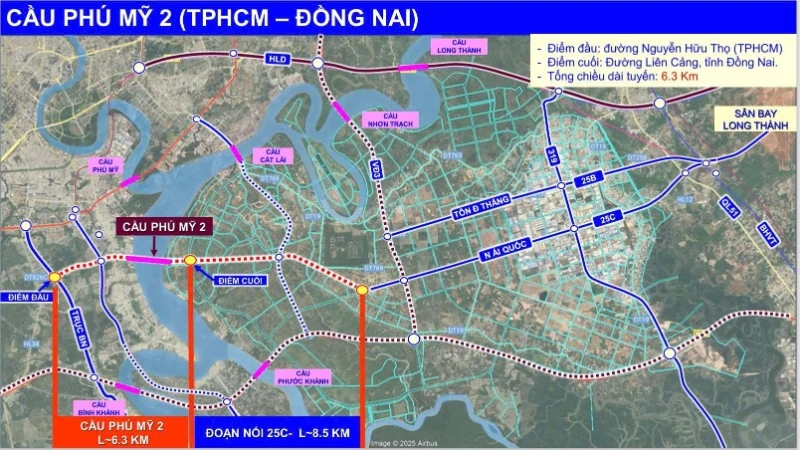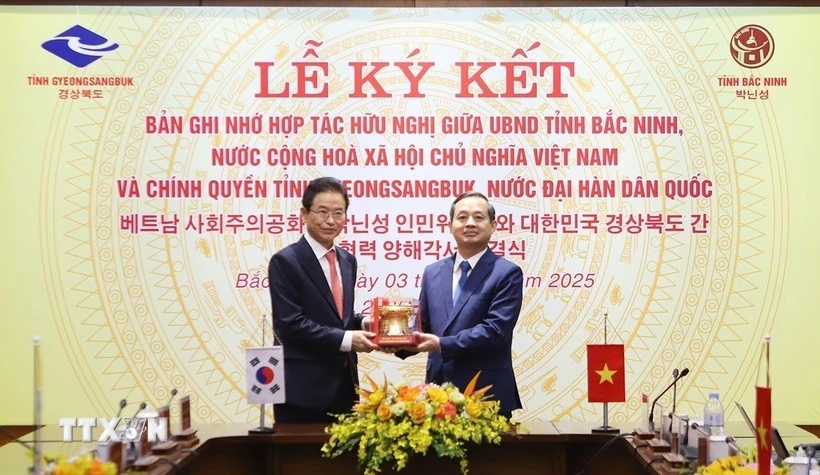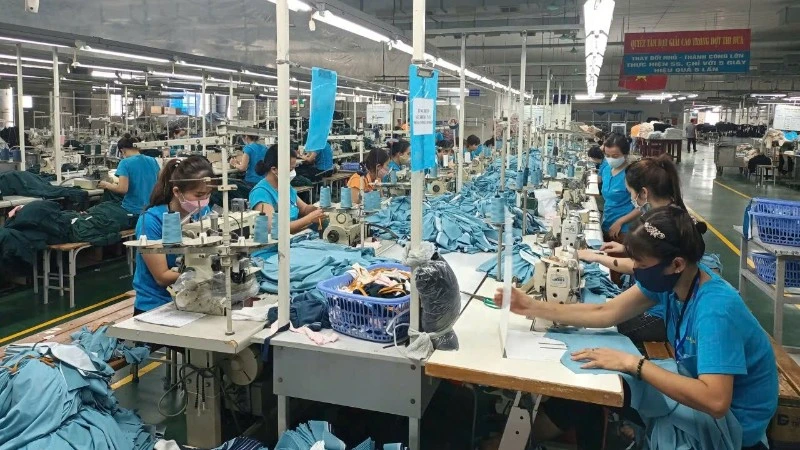Alongside positive prospects come significant challenges. However, according to Associate Professor Dr Dinh Trong Thinh from the Academy of Finance, Vietnam's economy in 2025 has a solid foundation for a strong recovery, thanks to effective inflation control, exchange rate stability, and accelerated public investment disbursement.
Expectations from positive signals
With rising consumer demand and an expanding middle class, the domestic market remains a key growth driver. The processing industry, agricultural exports, and tourism continue to sustain momentum. At the same time, the recovery of global trade presents significant opportunities for Vietnam, especially as next-generation free trade agreements like the EVFTA and CPTPP provide competitive advantages in tariffs.
According to Associate Professor Dr Ngo Tri Long, these positive signals play a crucial role in strengthening investors’ and businesses’ confidence. The Asian Development Bank (ADB) forecasts that Vietnam's GDP could grow by 6.2% in 2025, the highest in Southeast Asia, while the United Overseas Bank (UOB) projects a growth rate of 6.6%.
Beyond internal factors, the global supply chain shift is also bringing significant benefits to Vietnam. As international businesses seek alternative manufacturing locations, Vietnam is emerging as a promising production hub thanks to its strategic geographical location, competitive labour costs, and increasingly improved business environment.
Sharing the same view, the recently released 2025 strategic report by MB Securities (MBS) highlights six key factors shaping Vietnam’s macroeconomic outlook this year: accelerated production and export growth; public investment disbursement; inflation remaining below the target (4.5%); the impact of "Trump 2.0" on Vietnam’s economy; China's recovery prospects; and monetary policy balance.
Specifically, MBS forecasts that Vietnam’s exports will grow by 9-10% in 2025, driven by vibrant global trade and regional agreements. Public investment disbursement is expected to reach about 85-90% of the plan, growing by 24-31% compared to 2024, supported by major projects and improved capital allocation mechanisms.
Additionally, under the pressure of a strong US dollar, MBS predicts that Vietnam’s monetary policy will be more cautious, with no expectations of policy rate cuts while maintaining low interest rates to support economic growth. At the same time, tariff policies, trade investigations, and the impact of oil prices could negatively affect trade and the VND/USD exchange rate.
However, despite the bright outlook for the economy in 2025, there are still challenges ahead. The global economy faces hurdles such as high inflation, recessions in several regions, and geopolitical tensions. According to the International Monetary Fund (IMF), global economic growth in 2025 is projected to reach only 3.2%, lower than the pre-pandemic average.
This could impact Vietnam’s exports as major markets like the US and the EU continue to tighten spending. In particular, if protectionist trade policies in some countries increase, they could put additional pressure on Vietnam’s export goods.
Additionally, while interest rate cuts by the US Federal Reserve (FED) may provide benefits in terms of lower borrowing costs, they also pose risks related to exchange rate fluctuations. A weaker US dollar could create challenges for businesses that import raw materials in foreign currencies.
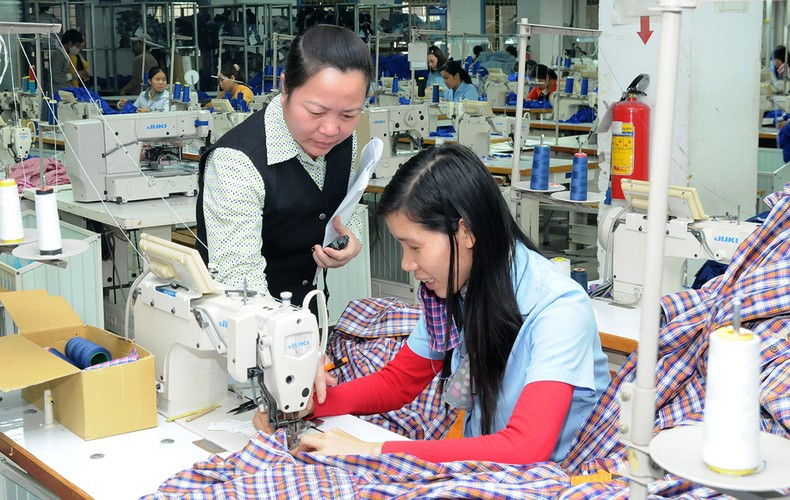 |
| Next-generation free trade agreements like EVFTA and CPTPP are driving businesses to expand production. (Photo: HAI NAM) |
Strong support and reform policies
The Government must continue implementing breakthrough solutions to address challenges and seize opportunities. One of the top priorities is institutional reform and streamlining the administrative apparatus. According to Associate Professor Dr Ngo Tri Long, reform policies, waste reduction, and improved management efficiency will serve as key drivers in fostering a more favourable investment and business environment.
Accelerating public investment disbursement, particularly for national key projects, is also crucial for stimulating the economy. According to experts, capital should be prioritised for infrastructure, education, and technology to enhance long-term competitiveness.
Moreover, the Government must adopt a flexible yet cautious monetary policy. Keeping inflation low and maintaining exchange rate stability are essential conditions for sustaining investor confidence and ensuring macroeconomic stability.
Beyond traditional growth drivers like public investment and trade, 2025 is also a pivotal time for Vietnam to strengthen new growth engines. Digital transformation has become an inevitable trend in business, public administration and daily life. Vietnamese enterprises must leverage technology to optimise production, improve efficiency, and reduce costs.
Sustainable development, with a focus on green transformation, is also a key trend. The Government must promote investment in renewable energy projects, environmental protection, and greenhouse gas emission reduction. This will help Vietnam fulfil its international environmental commitments and create opportunities to attract investment from global green funds.
Two growth scenarios in 2025
Based on the analysis, Associate Professor Dr Dinh Trong Thinh has outlined two economic growth scenarios for 2025. In the cautious scenario, GDP is expected to grow between 6.8% and 7.3%, with inflation maintained at 3.2%–3.5%. In the optimistic scenario, GDP could reach 7.3%–7.8%, with inflation ranging from 3.5% to 3.8%.
However, to achieve these targets, Vietnam must continue implementing supportive policies for businesses and citizens, including tax and fee reductions as well as lower borrowing interest rates. Businesses must also enhance their competitiveness by investing in technology and developing a high-quality workforce.
The positive outlook for 2025 stems from the economy’s internal strength and the government’s flexible and effective policymaking. If policies are implemented in a synchronised and decisive manner, Vietnam has a strong opportunity to become one of the fastest-growing economies in the region. With a spirit of innovation and strong determination, 2025 is set to be a pivotal year, laying a solid foundation for Vietnam’s sustainable economic development in the future.
Many economic organisations and international experts have expressed positive views on Vietnam’s economic development and remain optimistic about its growth prospects in the coming period.
Mr Frederic Neumann, Chief Economist for Asia-Pacific Economic Research at HSBC, said that Vietnam is one of the best-performing economies in Asia and is at the centre of the global supply chain restructuring process. We are witnessing many supply chains shifting, and Vietnam is emerging as a top destination in this trend. This is a crucial driver of the country’s economic growth.
Dr Andreas Stoffers from the FOM University of Applied Sciences for Economics and Management in Germany noted that the numbers speak for the strength of Vietnam’s economy. The Government has made great efforts in institutional reforms, removing barriers, and overcoming challenges. The fundamental factors of Vietnam’s economy remain very positive, thanks to its strong commitment to a market economy, free trade, and global integration. Vietnam is on a strong growth trajectory, and I believe that most of the economic targets set for this year can be successfully achieved.
